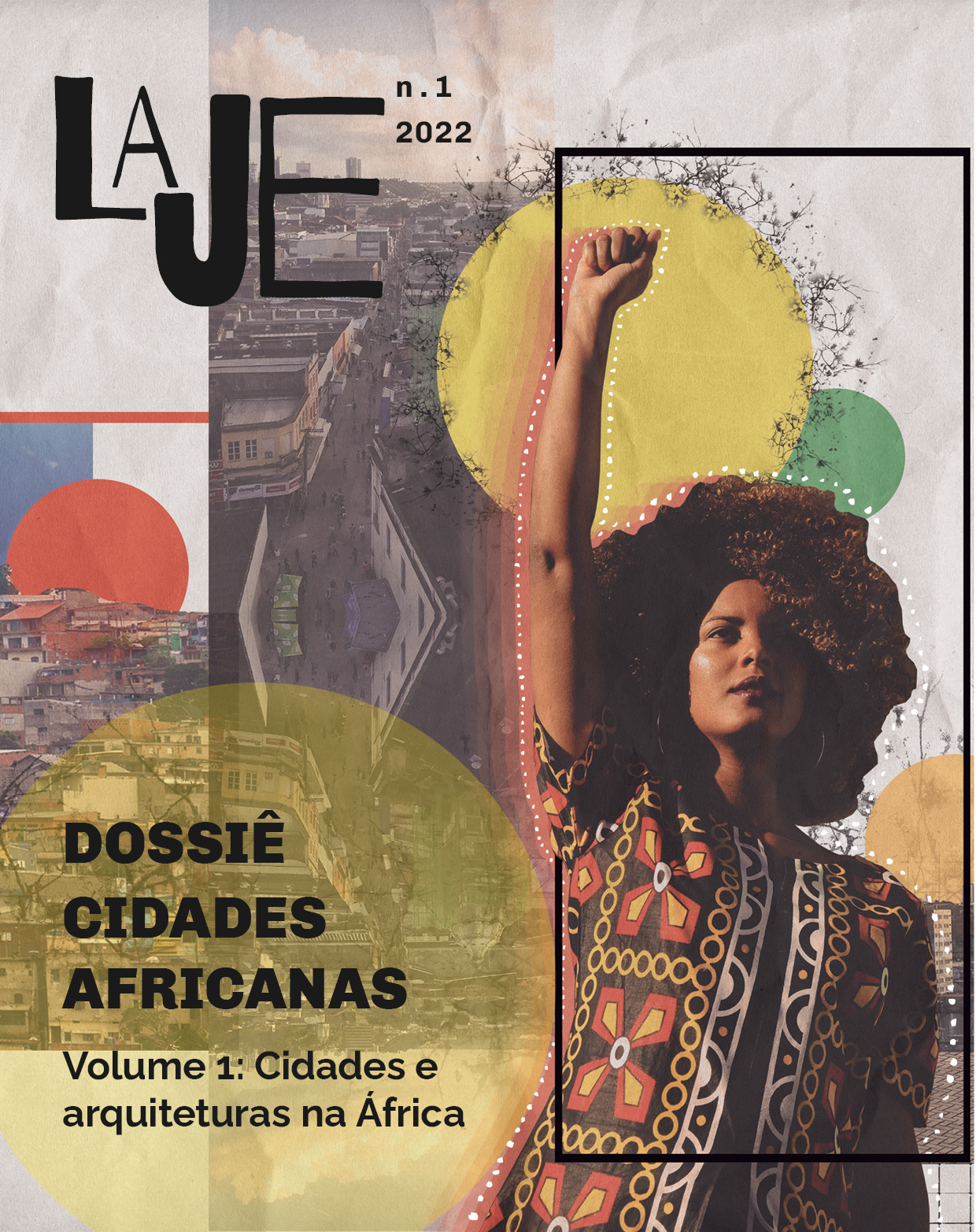Apartheid urban development
DOI:
https://doi.org/10.9771/lj.v1i0.54542Keywords:
Urban Development, Apartheid, Spatial Racial Segregation, African Urbanism, South Africa, USAAbstract
Dedicated to the effects of the apartheid regime on racially segregated urban spaces, this text is part of the memorable 2000 book “White papers black marks: architecture, race, culture”, organized by the Scottish-Ghanaian architect Lesley Lokko. The paper starts from a critical analysis of the racial and spatial segregation of apartheid, with the duplication of services and equipment: post offices, schools, markets, etc. with signs about who could use the space and where. Published a few years after the abolition of apartheid, with the election of Nelson Mandela on May 10, 1994, Malindi Neluheni shows us that space was the most effective tool of the apartheid regime and indicates the “space of discontent” as its legacy long way to go, towards an effective reconciliation between whites and blacks in South Africa. To this end, the text analyzes two case studies, one in South Africa and the other in the USA, from which a proposal for a new urbanism in the “new” South Africa is elaborated, with a particular focus on education in general and on education in architecture and urbanism in particular (Since there is no abstract in the original text, this was done by the editors).


